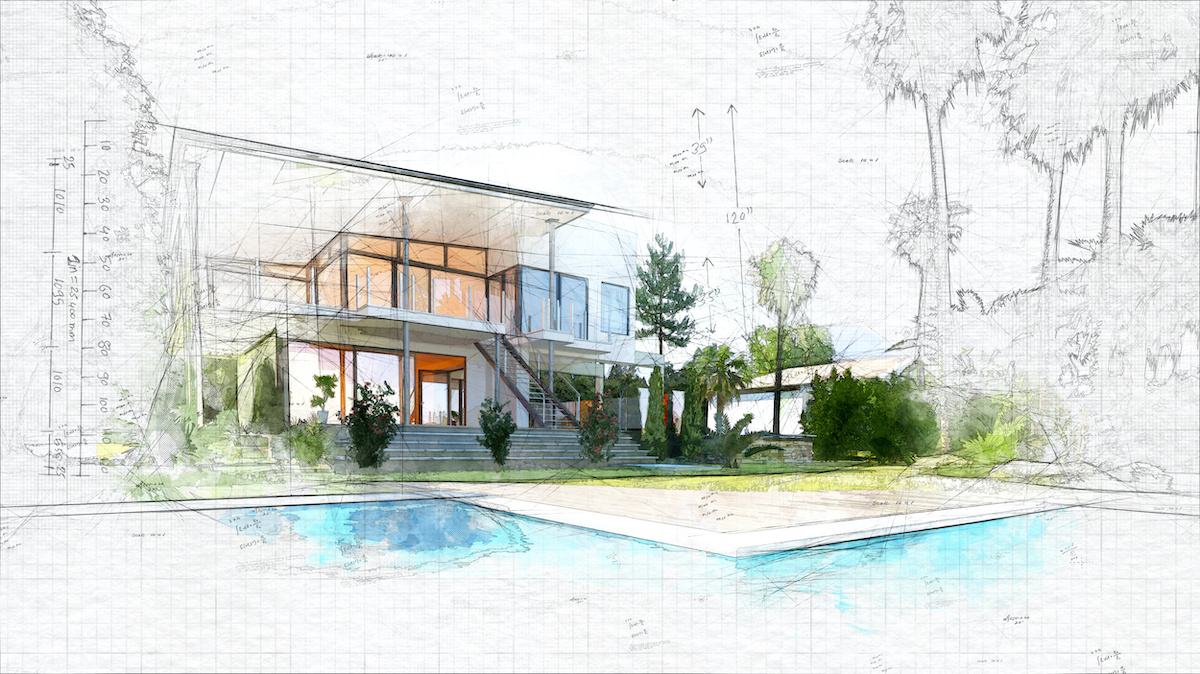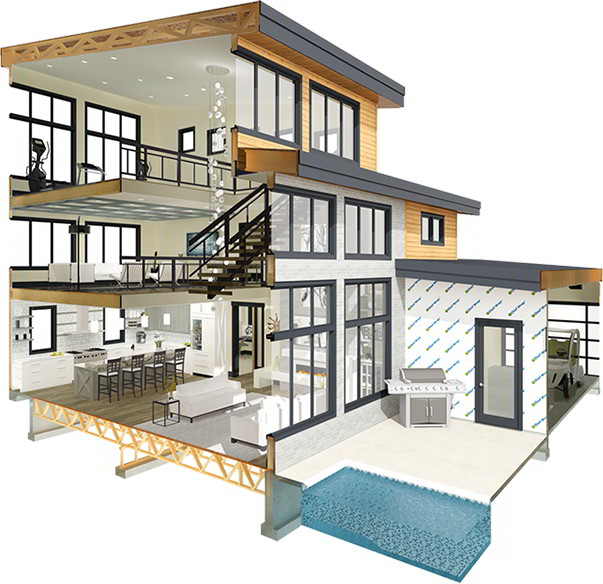Exactly How CDA Architects Provide Cutting-Edge Solutions for Lasting Design
Exactly How CDA Architects Provide Cutting-Edge Solutions for Lasting Design
Blog Article
The Essential Role of an Engineer fit Sustainable Urban Atmospheres for Future Generations
The function of a designer in crafting sustainable metropolitan atmospheres is progressively essential in replying to the difficulties of environment modification and urbanization. By perfectly integrating eco-friendly principles into their layouts, architects not only boost the aesthetic and useful high quality of urban areas but also address pressing concerns such as energy performance and social equity. Their experience in cutting-edge products and community engagement forms advancements that reverberate with local values and desires. As we check out the complexities of this area even more, it becomes obvious that the future of city living may pivot on the very practices engineers employ today.
Comprehending Sustainable Urban Layout
Sustainable city style integrates environmental principles with urban preparation to develop environments that are not only comfortable yet likewise durable. This technique emphasizes the significance of integrating natural systems right into the city fabric, ensuring that growth satisfies the requirements of the present without jeopardizing the ability of future generations to satisfy their very own demands. Crucial element of sustainable metropolitan style consist of reliable land usage, the promo of biodiversity, and the assimilation of environment-friendly areas, all of which add to improved high quality of life for citizens.
In addition, lasting city layout focuses on the decrease of the city warmth island result, boosted air top quality, and effective stormwater management. It encourages making use of eco-friendly sources and energy-efficient structure methods, which dramatically reduced carbon impacts. Lasting city style promotes social equity by creating accessible public rooms and advertising mixed-use growths that cater to diverse populations.
Through thoughtful preparation and ingenious style techniques, sustainable city atmospheres can enhance community strength against environment adjustment while cultivating financial growth. This holistic approach not just addresses immediate metropolitan difficulties but also lays the groundwork for much healthier, a lot more sustainable cities for generations to find.
Key Duties of Architects
Designers play a pivotal duty fit sustainable city atmospheres by translating layout principles right into substantial structures and areas. Their responsibilities incorporate a vast array of activities that add to the general success of city layout tasks.
Most importantly, engineers carry out extensive site analyses to recognize the environmental, social, and social context of their projects. This fundamental knowledge educates their style choices, making certain that buildings harmonize with their surroundings. They also participate in collaborative procedures with stakeholders, including city coordinators, engineers, and the neighborhood, cultivating an inclusive strategy to urban advancement.
In addition, architects are charged with developing layouts that optimize energy performance, source preservation, and capability. They must follow regional zoning regulations, building codes, and sustainability qualifications, guaranteeing conformity while pushing the limits of technology.

Cutting-edge Products and Techniques
In the pursuit of environmentally liable style, ingenious materials and strategies have actually become essential components in the production of sustainable urban settings. Designers are increasingly making use of products that minimize ecological effect while enhancing power effectiveness. Recycled materials, such as recovered wood and repurposed steels, not only minimize waste but additionally add one-of-a-kind visual qualities to structures.
In addition, developments in technology have caused the growth of high-performance materials, such as insulated concrete types (ICFs) and photovoltaic or pv glass, which add to power preservation and harness renewable resource. Methods such as easy solar layout and environment-friendly roofs even more exemplify exactly how design can integrate with all-natural systems, reducing navigate to these guys reliance on synthetic home heating and cooling.
Additionally, the integration of smart products, which adapt to environmental changes, supplies promising opportunities for enhancing building efficiency - cda architects. These products can react to temperature changes or wetness levels, optimizing comfort and sustainability
Ultimately, the strategic option and application of innovative products and strategies equip designers to produce urban spaces that are not just useful and cosmetically pleasing however additionally resistant and eco accountable, making certain a lasting future for generations ahead.
Neighborhood Involvement and Partnership
The success of ingenious products and methods in sustainable metropolitan architecture is significantly boosted by energetic community engagement and collaboration. Designers have to acknowledge that the built setting exceptionally affects the lives of local citizens, making it imperative to entail them in the style procedure. Involving the community cultivates a feeling of ownership and liability, guaranteeing that developments not only meet visual and functional requirements but also show the values and desires of those who populate them.

Effective neighborhood involvement also helps in prioritizing social equity within urban development. By thinking about the voices of marginalized populations, designers can create spaces that are inclusive and fair. This way, neighborhood engagement and collaboration become integral to achieving absolutely lasting city atmospheres that serve the needs of current and future generations.
Future Fads in Lasting Design

In addition, advancements in modern technology are shaping future fads in sustainable design. The assimilation of wise products and structure systems enables for real-time power management, improving performance and decreasing carbon impacts. Developments such as environment-friendly roofs, living walls, and energy-generating exteriors are becoming conventional techniques, further promoting eco-friendly balance within metropolitan atmospheres.
Additionally, a change in the direction my site of biophilic style is gaining traction, stressing the connection between nature and human health. By including natural aspects, engineers develop spaces that foster mental health and wellness while advertising biodiversity.
Conclusion
In conclusion, engineers are essential in progressing sustainable urban environments via their experience in layout, cutting-edge materials, and community engagement. By focusing on power efficiency and source preservation, these professionals contribute to the development of resilient urban spaces that meet the demands of existing and future generations - cda architects. The assimilation of ecological principles not only enhances livability but also fosters social equity, guaranteeing advancements resonate with the values and aspirations of the communities they offer
Report this page